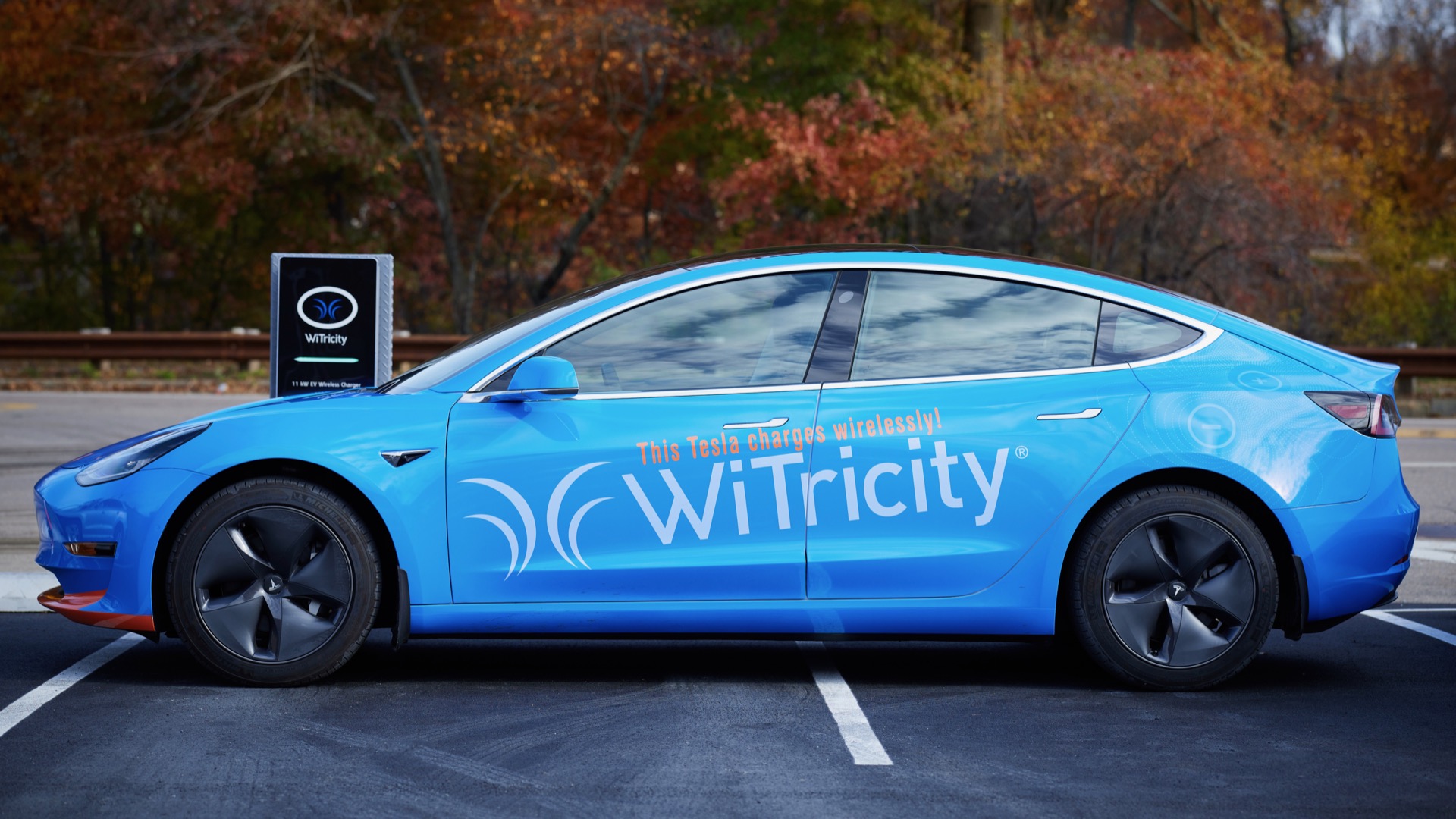Apparently in the EU there is a mandated warning for phones that wireless charging is less energy efficient.
This got me thinking - yes, wireless charging certainly is less efficient (no debate there), but does a phone even use enough energy for this to be at all meaningful in my overall energy usage? How does it compare to my car's usage?
My intuition is phone charging is completely negligible relative to my car, but lets make some comparisons for fun.
Phone Energy Usage
Phone batteries are in the 10-20 watt*hour range. This source claims wireless charging takes about 50% more energy, while this one claims a more modest drop in efficiency. Lets assume a full 0-100% phone charge on wireless takes 6 watt*hours more than wired.
Car Efficiency Estimates
Lets assume a Tesla consumes 280 watt*hours per mile. I know this varies hugely by weather, speed, vehicle, etc.
Putting it all together...
A year of wireless charging my phone, assuming on average 100% of the battery is consumed per day (which is close for me), wastes 2.2 kWh. In car terms, that's only about 8 miles of driving (or 0.04% of my total mileage from the past year! ha!).
So... I guess it is pretty negligible for me. One fun drive around the mountains wastes dramatically more energy.
What about for the whole iPhone population vs the whole Tesla fleet?
This get a lot closer.
There's about 5 million Tesla's driving about 10k miles/year. Total consumption is about 14 trillion watt*hours.
There's about 1.5 billion (!) iPhones. Lets assume that half if all charging is wireless (that feels high but I'm completely guessing here). Total waste from wireless charging comes in at about 1.6 trillion watt*hours.
That feels a lot less negligible, thanks to the absurdly large number of iPhones and modest number of EVs.
This got me thinking - yes, wireless charging certainly is less efficient (no debate there), but does a phone even use enough energy for this to be at all meaningful in my overall energy usage? How does it compare to my car's usage?
My intuition is phone charging is completely negligible relative to my car, but lets make some comparisons for fun.
Phone Energy Usage
Phone batteries are in the 10-20 watt*hour range. This source claims wireless charging takes about 50% more energy, while this one claims a more modest drop in efficiency. Lets assume a full 0-100% phone charge on wireless takes 6 watt*hours more than wired.
Car Efficiency Estimates
Lets assume a Tesla consumes 280 watt*hours per mile. I know this varies hugely by weather, speed, vehicle, etc.
Putting it all together...
A year of wireless charging my phone, assuming on average 100% of the battery is consumed per day (which is close for me), wastes 2.2 kWh. In car terms, that's only about 8 miles of driving (or 0.04% of my total mileage from the past year! ha!).
So... I guess it is pretty negligible for me. One fun drive around the mountains wastes dramatically more energy.
What about for the whole iPhone population vs the whole Tesla fleet?
This get a lot closer.
There's about 5 million Tesla's driving about 10k miles/year. Total consumption is about 14 trillion watt*hours.
There's about 1.5 billion (!) iPhones. Lets assume that half if all charging is wireless (that feels high but I'm completely guessing here). Total waste from wireless charging comes in at about 1.6 trillion watt*hours.
That feels a lot less negligible, thanks to the absurdly large number of iPhones and modest number of EVs.





